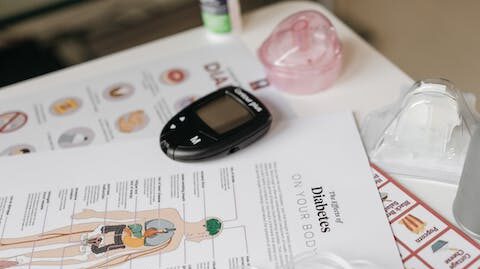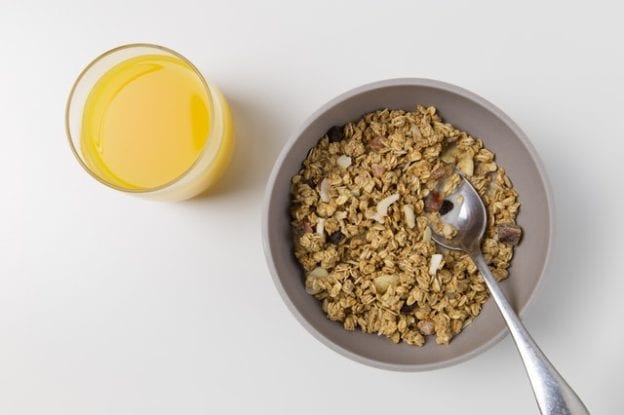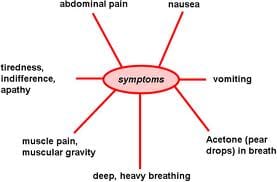There is a lot of buzz going around the internet about low-calorie sweeteners. Some say they are okay to use and others say to stay away from them. Sugar alcohols are just one of the low-calorie sweeteners that many are buzzing about.
A Guide To Sugar Alcohols
There is a lot of buzz going around the internet about low-calorie sweeteners. Some say they are okay to use and others say to stay away from them. Sugar alcohols are just one of the low-calorie sweeteners that many are buzzing about.









